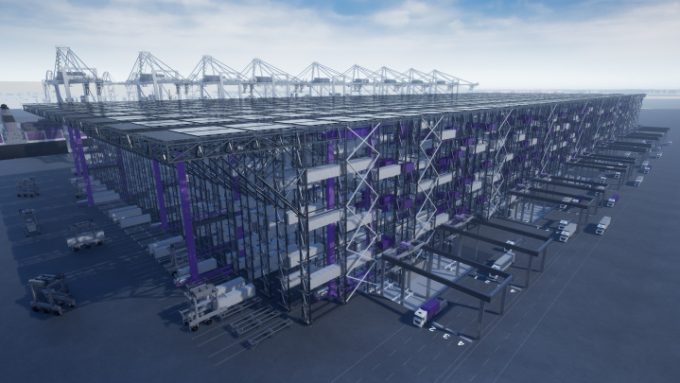DP World announces 'transformative' expansion plan for Caucedo hub
Global terminal operator DP World is set to plough some $760m into its Caribbean transhipment ...

The High Bay Storage (HBS) container terminal concept unveiled earlier this year by DP World could also help speed up hinterland supply chains.
Delegates at the TOC Container Supply Chain event in Rotterdam were today told by DP World director of global operations Patrick Bol that ...
CMA CGM South Korean staff strike over bonuses after bumper 2024 profit
'Another painful headache for shippers' as Asia-N Europe rate rally ends
Amazon Air Cargo partners-up for new transpacific route into the US
MSC switches two more Asia-Europe port calls from congested Antwerp
Ports and supply chain operators weigh in on funding for CPB
Nightmare for Bangladeshi exporters as congestion and tariffs bite
CMA airline returns two freighters, while ANA takeover of NCA looms
Carriers introduce surcharges as congestion builds at African ports

Comment on this article